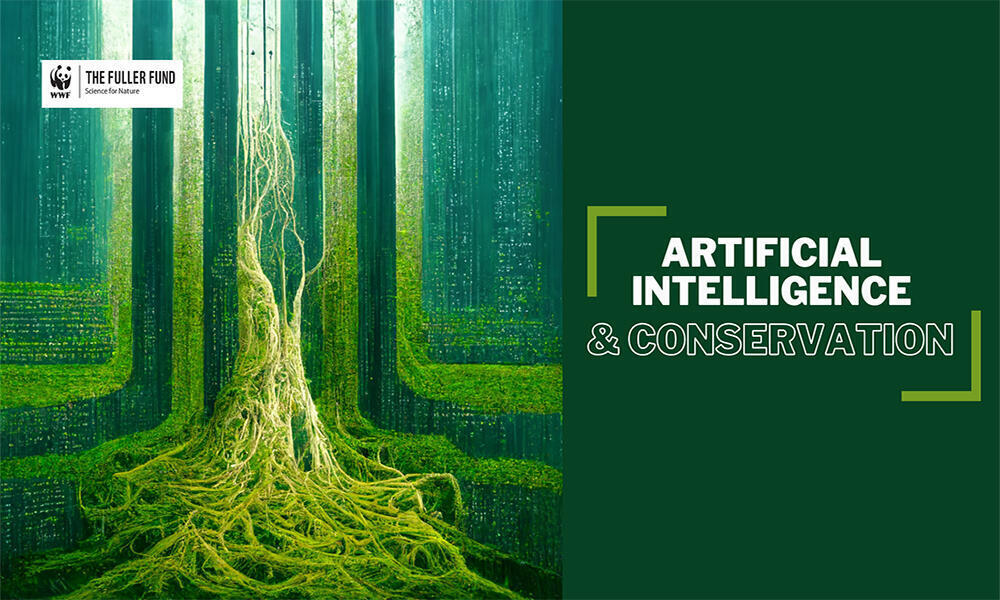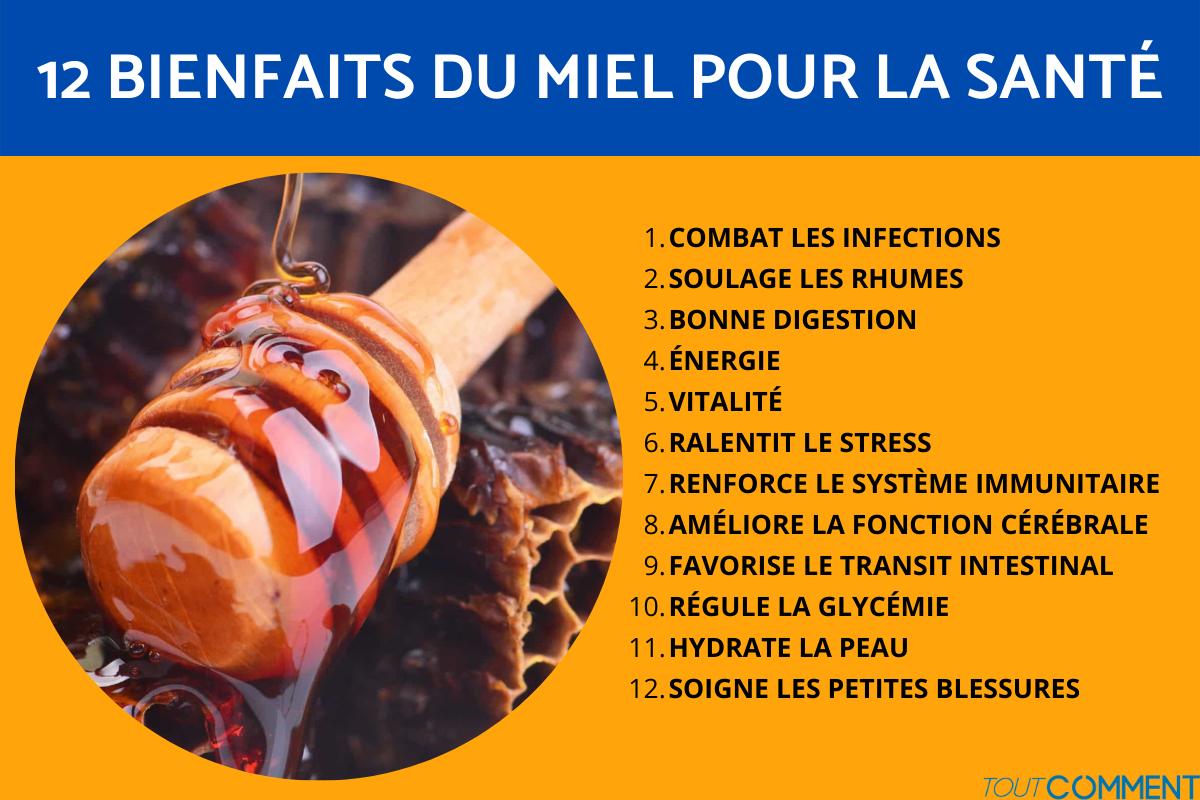The Impact Of Artificial Intelligence On Wildlife Conservation Efforts

Table of Contents
AI-Powered Monitoring and Surveillance
The sheer scale of wildlife habitats makes traditional monitoring methods inefficient and costly. AI is changing this landscape by enabling real-time, large-scale surveillance with unprecedented accuracy.
Real-time Tracking and Data Collection
AI algorithms are transforming how we collect and analyze data from various sources. Camera traps, once requiring laborious manual review, are now analyzed by sophisticated image recognition software. Drones equipped with AI-powered image processing capabilities provide aerial surveys, capturing vast swathes of land to monitor animal movements and assess habitat health. Satellite imagery analysis further enhances this capacity, allowing for large-scale population assessments.
- Examples of specific AI tools used: Microsoft Azure AI, Google Cloud Vision API, custom-built convolutional neural networks (CNNs) for image recognition.
- Benefits: Increased efficiency in data processing, reduced risk to human researchers in dangerous environments, improved accuracy in species identification and population counts, real-time detection of poaching activities.
Acoustic Monitoring and Analysis
Beyond visual data, AI is harnessing the power of sound. AI-powered acoustic monitoring systems analyze audio recordings to identify animal calls, providing valuable insights into species distribution, population size, and behavioral patterns. This passive monitoring approach allows for wide-area coverage and the detection of subtle sounds often missed by human observers.
- Examples of applications: Identifying endangered whale songs, detecting the sounds of illegal logging activities, monitoring the vocalizations of elusive nocturnal species.
- Advantages: Passive monitoring reduces human disturbance, covers vast areas efficiently, detects sounds indicative of environmental threats or illegal activities.
Predictive Modeling and Habitat Management
AI's predictive capabilities are proving invaluable in anticipating threats and optimizing conservation strategies. By analyzing complex environmental datasets, AI algorithms can forecast future risks and guide proactive interventions.
Anticipating Threats and Optimizing Conservation Strategies
AI models can analyze historical and real-time data on factors such as climate change patterns, deforestation rates, human encroachment, and disease outbreaks to predict their impact on wildlife populations. This allows conservationists to develop targeted interventions and allocate resources more effectively.
- Examples of AI models: Predictive models for habitat loss due to climate change, disease outbreak prediction models for endangered species.
- Benefits: Improved resource allocation, targeted interventions to mitigate threats, proactive conservation strategies minimizing future losses.
Optimizing Habitat Restoration Efforts
AI can significantly enhance habitat restoration efforts by identifying optimal locations for restoration projects. By analyzing data on soil conditions, vegetation patterns, water availability, and other environmental factors, AI algorithms can determine the areas most likely to benefit from restoration initiatives, maximizing their effectiveness and cost-efficiency.
- Examples: Using AI to identify suitable areas for reforestation, optimizing irrigation strategies for endangered plant species.
- Benefits: Cost-effective allocation of resources, improved habitat suitability, increased success rates in habitat restoration projects.
Combating Illegal Wildlife Trade
The illegal wildlife trade poses a significant threat to numerous species. AI is proving to be a powerful tool in combating this criminal activity.
Detecting and Preventing Poaching
AI algorithms are deployed to analyze data from various sources, including social media, online marketplaces, and communication intercepts, to identify and disrupt illegal wildlife trafficking networks. By detecting patterns in illegal trade activities, AI can help pinpoint potential suspects and predict smuggling routes.
- Examples: AI-powered systems identifying suspicious online advertisements for endangered species, detecting patterns of illegal trade on social media platforms.
- Benefits: Reduced poaching incidents, disruption of criminal networks, increased efficiency of law enforcement efforts.
Improving Forensics and Identification
AI is also revolutionizing forensic analysis in wildlife crime investigations. AI-powered tools can analyze DNA samples and other forensic evidence much faster and more accurately than traditional methods, linking poached animals to specific criminal activities and improving prosecution rates.
- Examples: AI-powered DNA analysis for rapid species identification, AI algorithms improving the analysis of seized wildlife products.
- Benefits: Improved prosecution rates, stronger deterrents to poaching, faster investigation times, increased efficiency in linking evidence to criminal activity.
Conclusion
The integration of Artificial Intelligence on Wildlife Conservation is transforming conservation efforts globally. From real-time monitoring and predictive modeling to combating illegal wildlife trade, AI is increasing efficiency, improving data analysis, and enabling more effective conservation strategies. The positive impact on conservation outcomes is undeniable, offering hope for the future of endangered species. Learn more about the role of Artificial Intelligence in Wildlife Conservation and support AI-driven wildlife conservation initiatives today to help secure a brighter future for our planet's biodiversity. Join the movement and help protect our planet's wildlife using the power of AI.

Featured Posts
-
 Du Dry January A La Tournee Minerale Bienfaits Pour La Sante Et L Industrie Du Sans Alcool
Apr 23, 2025
Du Dry January A La Tournee Minerale Bienfaits Pour La Sante Et L Industrie Du Sans Alcool
Apr 23, 2025 -
 Le 18h Eco Edition Speciale Du Lundi 14 Avril
Apr 23, 2025
Le 18h Eco Edition Speciale Du Lundi 14 Avril
Apr 23, 2025 -
 Christian Yelichs First Spring Training Start Post Back Surgery
Apr 23, 2025
Christian Yelichs First Spring Training Start Post Back Surgery
Apr 23, 2025 -
 Back From Surgery Christian Yelich Hits His First Home Run
Apr 23, 2025
Back From Surgery Christian Yelich Hits His First Home Run
Apr 23, 2025 -
 Over The Counter Birth Control A Post Roe Game Changer
Apr 23, 2025
Over The Counter Birth Control A Post Roe Game Changer
Apr 23, 2025
